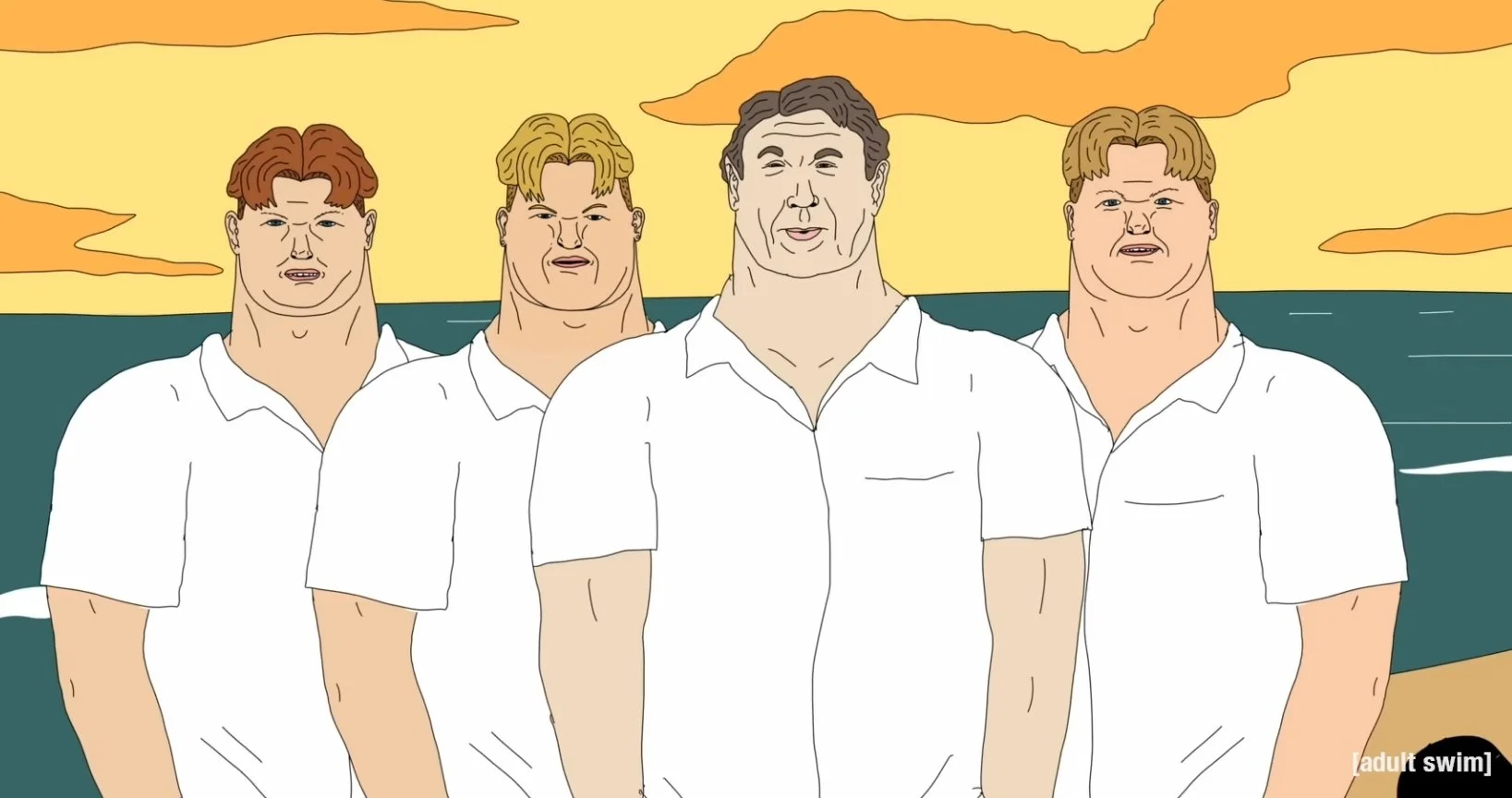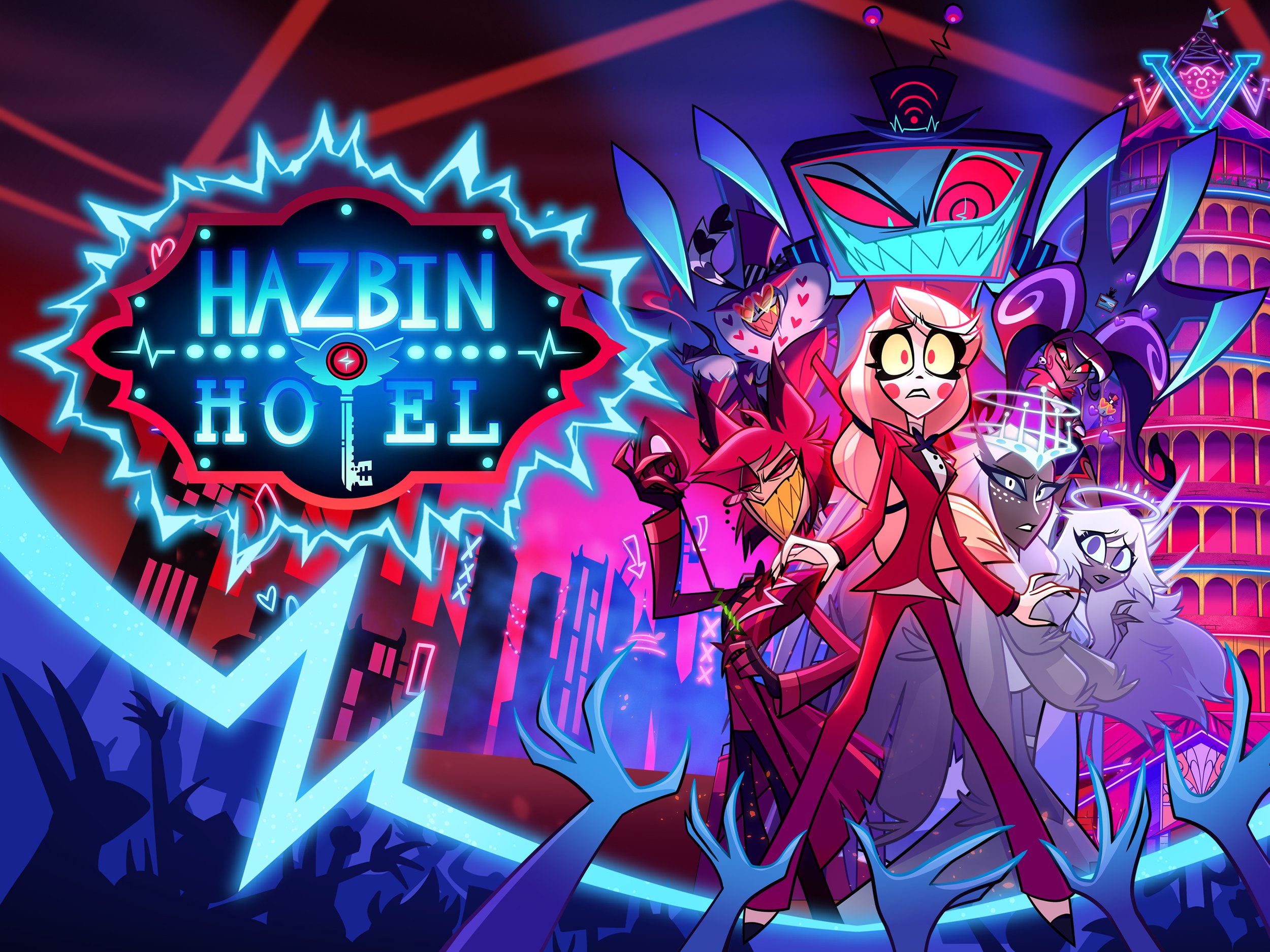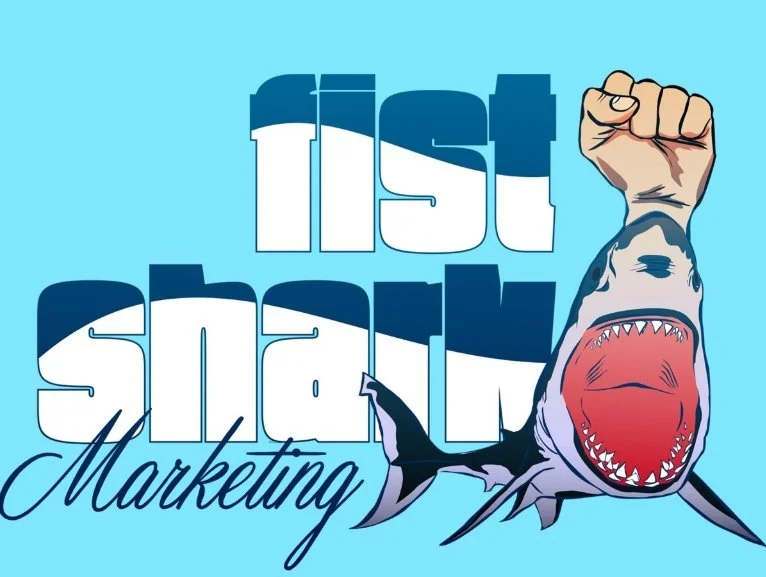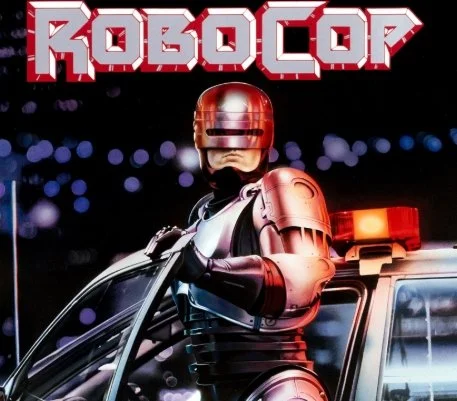Can Satire Survive 2026?
Reality in 2025 often feels like a rejected script from a comedy writers’ room. Politicians speak in memes, conspiracy theories trend faster than fact checks, and public life can resemble a never-ending viral stunt. In that context, it is natural to ask whether satire still has any teeth left. If the news already sounds like a sketch from South Park or a mission in Grand Theft Auto, what exactly is left for satirists to exaggerate?
This question has become more concrete as we approach cultural milestones like Grand Theft Auto VI in 2026 and the ongoing afterlife of Mike Judge’s Idiocracy. GTA’s co-creator Dan Houser has openly worried that current politics are already “beyond satire,” while the Idiocracy team has watched their far-future parody start to feel uncomfortably like the present.
For a psychology-minded audience, the question “Can satire survive 2026?” is really about three things:
How audiences process satire in a hyper-polarised, post-truth environment
What happens when reality outpaces parody
How satire might have to evolve in order to stay meaningful
Let us take those in turn.
When exaggeration was enough
For most of modern media history, satire has worked on a simple psychological principle: exaggerate real tendencies so that people notice them. You heighten a trait, push it into absurdity, and rely on the audience to recognise the gap between fiction and reality.
Earlier entries in the GTA series and films like Idiocracy fit this pattern almost perfectly. GTA IV and GTA V wrapped their crime stories around a dense layer of spoofs: talk radio blowhards, plastic reality television, hyper-consumerist advertising and cartoonish corruption. The games’ parody cities, Liberty City and Los Santos, felt over the top yet recognisable versions of New York and Los Angeles. They mocked American nationalism, tech-bro hubris, celebrity culture and surveillance, all served with gleefully bad taste.
Critics often treated this as juvenile, but there was a clear satirical structure. GTA created a funhouse mirror that stretched American culture just far enough to draw attention to things that were already there: greed, cynicism, exploitation, and the hollowness of the so-called American Dream.
Idiocracy took a similar approach in 2006. It imagined a distant future where anti-intellectualism had triumphed, corporations sponsored everything, and a former wrestler with outrageous showmanship was President. In 2006, this felt like broad caricature. Co-writer Etan Cohen has said that he assumed the most realistic detail would be that everyone wore Crocs, not that the entire premise would start to resemble political reality.
In both cases, satire did what it has always promised to do. It took real tendencies, dialled them up to absurdity, and used humour to create psychological distance. The viewer or player could laugh, then reflect: “All right, that is ridiculous … but it is not entirely unrelated to us.”
The problem is that, in the last decade, the real world has been doing its own exaggeration.
When GTA and Idiocracy start to feel like documentaries
From around 2015 onwards, references to Idiocracy began to show up everywhere in commentary on American politics. Cohen’s line that he “never expected Idiocracy to become a documentary” has been repeated so often it has become a meme. Commentators point to an electorate hypnotised by spectacle, an entertainment-driven news cycle, and political performances that genuinely resemble wrestling promos.
As real politics began to mirror the film’s absurdities, satire itself seemed to lose sway: people either did not recognise the warning or simply treated it as more content in an already noisy ecosystem. GTA’s creators have been just as explicit. In a 2018 interview, Dan Houser explained why he was relieved not to be releasing GTA 6 during the Trump years. He described both intense progressivism and intense conservatism as “militant” and angry, and said that some real-world events were “straightforwardly beyond satire,” changing so fast that any joke would be out of date “within two minutes.”
The underlying complaint is the same: the gap between satire and reality, which humour relies on, has narrowed. When real politicians speak in the register of reality television and social media influencers, and real scandals resemble plotlines from The Onion, it becomes harder to construct an exaggerated version that still feels like exaggeration.
Interestingly, early coverage of GTA 6 suggests that Rockstar is trying to navigate this problem by shifting emphasis rather than abandoning satire. The trailers set the story in a modern Vice City with a Bonnie and Clyde style duo, Lucia and Jason, at the centre, and critics have noted a stronger focus on emotional narrative and romance than before. At the same time, leaks and trailer breakdowns point to environmental details that still lampoon social media culture, influencer idiocy and Florida-style chaos.
In other words, the satire has not disappeared, but it may be moving into the background. The foreground is starting to look more like grounded drama, perhaps because trying to parody current politics head-on feels futile.
3. Why audiences misread satire in a post truth culture
Even when satire is clever, it still depends on the audience being able to tell what is serious and what is not. That is a tall order in a post truth environment.
Psychologically, satire is a high-effort form of humour. It requires you to track the literal statement, the implicit meaning, and your own knowledge of the real-world target. If people are exhausted, angry, or embedded in partisan media ecosystems, they are more likely to interpret satire through the lens of their existing beliefs rather than as a challenge to those beliefs.
A classic example comes from a 2009 study of The Colbert Report by LaMarre and colleagues. They showed clips from Stephen Colbert’s right wing pundit persona to participants and asked them about his politics. Conservatives were more likely to say Colbert was sincerely mocking liberals or “only pretending” to joke. Liberals, in contrast, saw him as obviously satirising conservative media. Yet both groups watched the same segments.
The authors called this “the irony of satire”: people see what they are motivated to see. Instead of destabilising worldviews, ambiguous satire can actually reinforce them. Each side walks away more convinced that the comedian agrees with them and is ridiculing the other camp.
That dynamic has likely intensified. Recent polling suggests that very large proportions of Americans now see the opposing party not just as wrong, but as immoral and a threat to the country. A 2023 compilation of polarisation data, for instance, reported that about 72 percent of Republicans and 62 percent of Democrats view the other party as more immoral than other Americans. A 2024 Johns Hopkins survey even found that nearly half of respondents described members of the opposing party as “downright evil.”
In that context, satire that targets “politicians,” “the media” or “extremists” is unlikely to be read as a shared critique of a broken system. Instead, it risks becoming one more weapon in a culture war. One viewer sees a GTA mission about conspiracy theorists and nods approvingly that the game is finally mocking “those crazy people on the other side.” Another sees the same mission as an attack on their own tribe or as validating their belief that elites mock them behind their backs.
Satire struggles when reality is both unbelievable and deeply personalised. The more people feel that politics is existential, the harder it becomes to laugh at caricatures of their side, and the easier it becomes to misread ambiguity as an attack.
4. The psychological burnout that kills humour
There is another, less discussed obstacle to satire in 2026: sheer emotional burnout.
Satire traditionally works by creating a jolt. You encounter an absurd exaggeration of reality, and the shock produces both laughter and insight. But what happens when people are already shocked, daily, by real events?
Research on polarisation and threat perception suggests that constant exposure to political conflict increases anxiety and encourages people to retreat into like-minded communities. OSF+1 Within those communities, outrage and fear are rewarded with attention. Humour that does not obviously serve the in-group’s narrative may be dismissed as trivialising danger or “punching down.”
Over time, two complementary psychological processes kick in:
Desensitisation. When every day brings a bizarre headline, the fictional demagogue or ridiculous news anchor no longer feels shocking. They look like Tuesday.
Hypervigilance. When people believe their opponents are a threat to democracy itself, they scan for signs of disrespect or mockery. Jokes about their preferred party, identity or cause can be experienced as attacks rather than invitations to reflect.
This is part of why late night comedy in the United States has become more openly partisan. Shows like Colbert’s Late Show shifted, especially after 2016, toward what some critics describe as “group therapy” for liberal audiences, where the main function is to validate the viewers’ feelings about the news rather than to surprise them. The laughter is real, but it services a coping function more than a satirical one.
Gamers and film audiences show similar patterns. The online reaction to GTA 6’s female Latina protagonist Lucia, for example, featured familiar accusations that Rockstar had gone “woke” simply by expanding its cast. On the other side, Rockstar has been criticised for past jokes about women and transgender characters, and has quietly removed some transphobic content from the latest versions of GTA V after pressure from LGBTQ organisations.
From a psychological perspective, this is a classic double bind for satirists. Any attempt to adjust tone to avoid needless harm is attacked as censorship or political correctness. Any refusal to adjust is condemned as cruelty. Creators end up in a state of defensive hypervigilance themselves, weighing not just the comedic value of a joke but the potential social media storm that might follow.
Humour can survive anxiety and offence, but it strains under sustained exhaustion. When audiences are tired, scared and angry, they are more inclined to want comfort or outrage than to sit in the uncomfortable space where effective satire lives.
5. What satire has to evolve into to survive
If satire is to survive 2026 as more than background noise or partisan cheerleading, it may need to evolve in several ways.
5.1. From pure exaggeration to mixed modes
The most obvious shift is already visible in projects like GTA 6: a move away from pure, wall-to-wall irreverence toward mixed tones. The new game appears to embed its social commentary inside a more emotionally serious story about Lucia and Jason, rather than presenting the entire world as a cartoon.
This mixed mode may be psychologically smarter. Our defences are lower when we are emotionally engaged with characters than when we feel explicitly lectured. Red Dead Redemption 2 used a similar strategy: it dealt with racism, state violence and the collapse of a way of life, but did so through melancholy drama rather than sketch-style parody. Many players came away powerfully affected by those themes, even if they would have bristled at a more overt political satire.
Satire in 2026 may need to become less like a cartoonist’s big red circle and more like a novelist’s embedded irony.
5.2. Clearer ethical targets
Another evolution is a sharper focus on “punching up.” The backlash to certain GTA jokes, and the removal of transphobic content from its latest editions, suggests a growing consensus that satire should not depend on demeaning groups that already carry significant stigma.
That does not mean satire must become bland. It does mean that creators may have to be more explicit about who their targets are: corrupt institutions, cynical media operators, conspiracist influencers, or political actors who deliberately poison public discourse. Ambiguous “mock everyone” strategies may no longer be enough, because ambiguity is precisely what audiences weaponise as they misinterpret the joke.
In this sense, shows that satirise systems rather than individuals might have an advantage. Think of Black Mirror style critiques of tech incentives, or superhero satires like The Boys and Gen V that attack corporate greed and weaponised culture wars. Commentators have noted that even those shows are starting to feel less funny as reality catches up, but their systemic focus remains a promising template.
5.3. Less sneering, more literacy
Perhaps the most important evolution is in tone. If satire continues to present itself primarily as sneering at the stupidity of “those people,” it will deepen polarisation. A different model would be satire that explicitly foregrounds shared vulnerabilities: how all of us are susceptible to clickbait, confirmation bias and tribalism.
This is where psychology can contribute. Satirical projects that highlight cognitive biases and media dynamics, rather than simply mocking the out group, can help build media literacy. That might mean:
Breaking the fourth wall to explain how misinformation spreads
Showing characters on all sides falling for similar psychological traps
Using humour to model curiosity rather than contempt
Some political comedians already do this in small ways, weaving brief explanatory segments into their jokes. Games and films are well placed to go further, because they can put audiences into the position of making decisions under uncertainty rather than just watching characters fail.
5.4. Accepting that satire is not always the main course
Finally, creators might have to accept that, for a while, satire will work best as a side dish rather than the main ingredient. In hyper anxious times, people often reach for stories that offer meaning, connection and some sense of agency. If satire can be threaded through those stories without overwhelming them, it may find a more stable niche.
This seems to be Rockstar’s bet with GTA 6: keep the satirical billboards, radio ads and social media spoofs in the background, but let the central experience be about two flawed people trying to survive a broken system. Reality may be beyond parody, but it is not beyond storytelling.
Simply Put, can satire survive 2026?
Satire is not dead, but it is under pressure. The world has caught up with some of its wildest scenarios. Audiences are tired and divided. The line between a joke and a news headline has blurred to the point where even professionals like the creators of GTA openly admit that they struggle to find a foothold.
From a psychological perspective, the solution is not simply “try to be edgier.” It is to recognise that the audience’s cognitive and emotional environment has changed. In a post truth culture, satire cannot rely on subtle irony alone. It needs clearer ethical targets, more transparent framing, and a willingness to mix humour with sincerity.
If that happens, projects like GTA 6 and a hypothetical Idiocracy sequel could still matter, not because they outdo reality, but because they help us see reality more clearly. They can trace the logic of absurd systems, reveal the incentives that reward stupidity, and remind us that what feels inevitable is often the result of human choices.
Satire will survive 2026 if it stops trying to be louder than the noise and starts helping us decode it.










